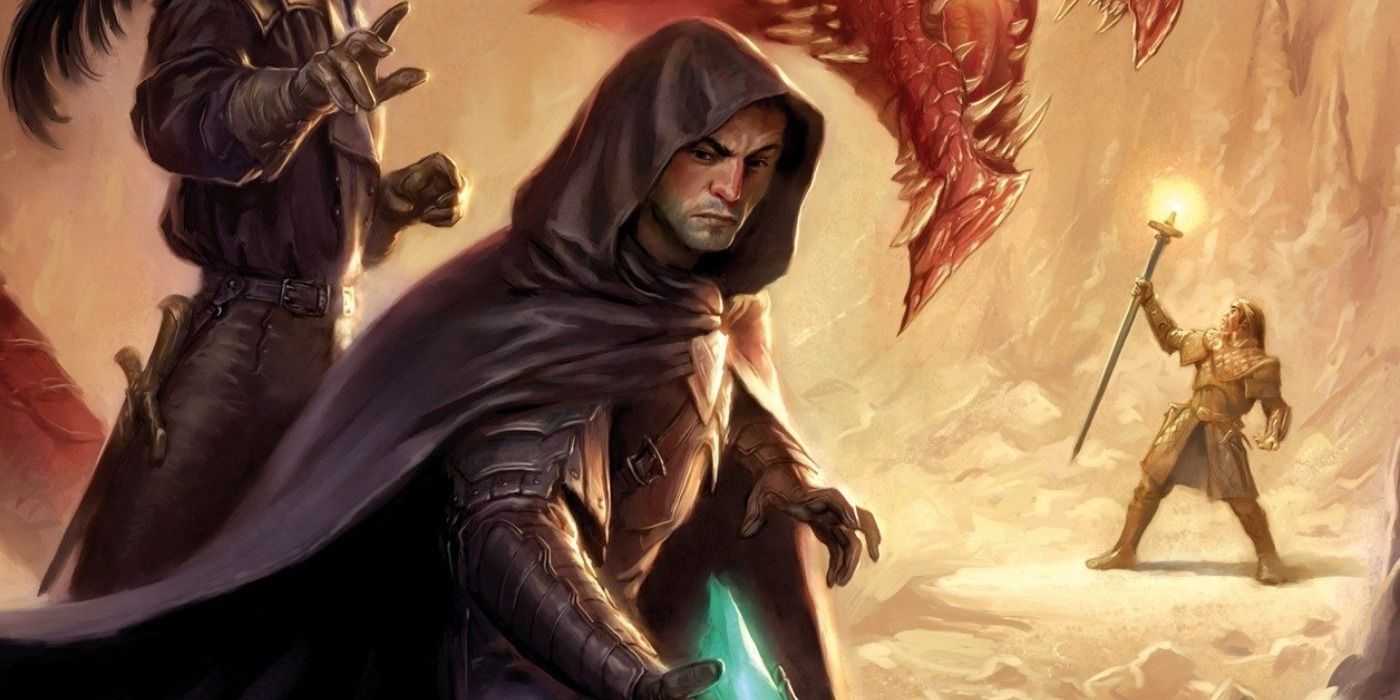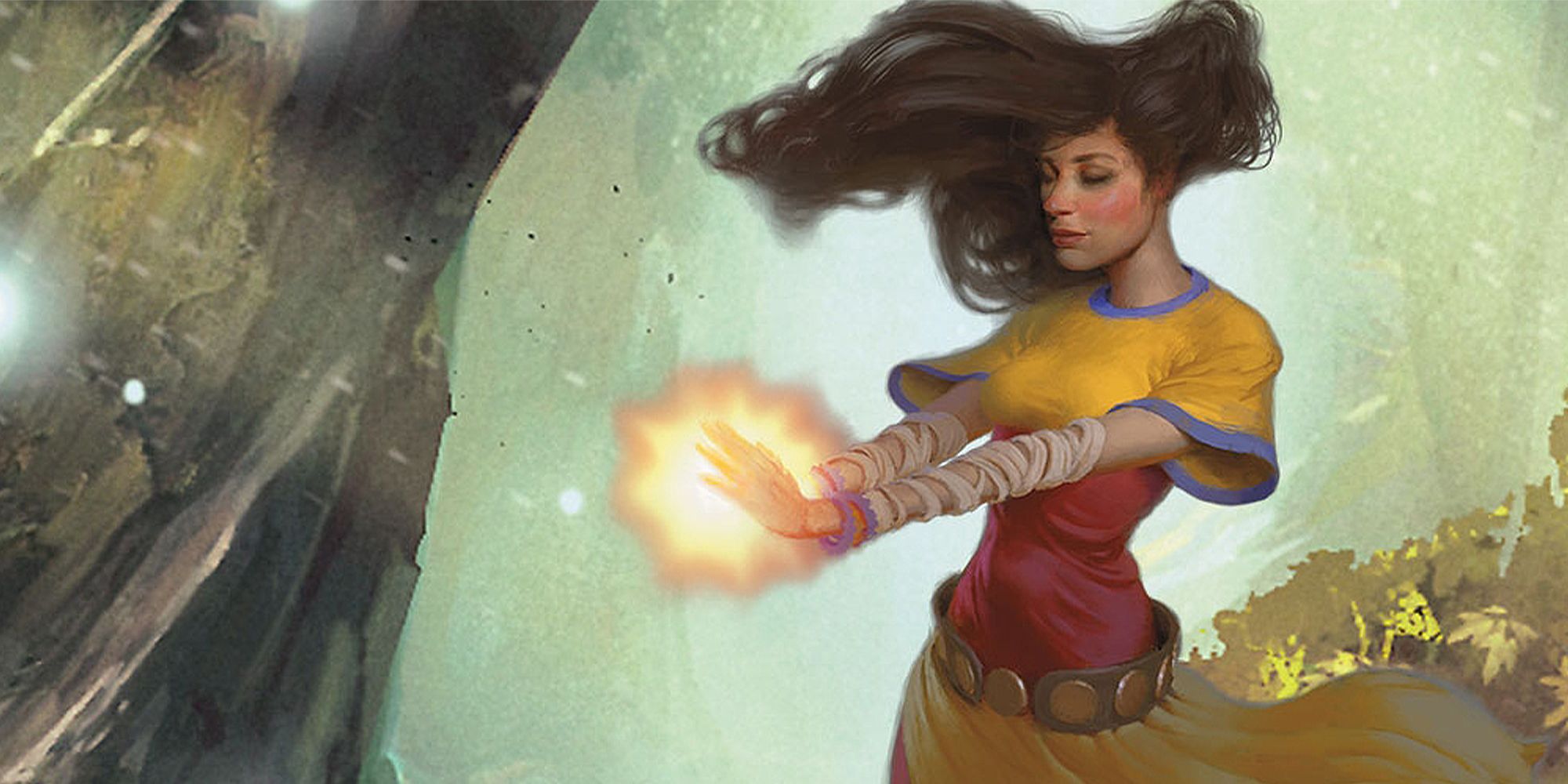When starting a Dungeons & Dragons campaign, players must weigh various options before setting up their character sheet. Race and class play a large role in what sort of character they'll be mucking through the dungeons and cities of the story. However, this gets more complicated when a player decides to select a subclass for their Druid, Ranger or Wizard. With dozens of D&D subclasses to pick from, and more being added through new content from Wizards of The Coast, some may argue that there are more than enough, but the game can always use more.
There are many reasons D&D subclasses are important for players, the first being that they can effect a character's personality. Bards have the ability to select from different colleges as their subclasses. A player could select a College of Eloquence subclass for their Bard, focusing on a character who may not be musically inclined but has a magical way of speaking and making them an excellent liar or a terrifying politician. A College of Valor Bard, meanwhile, may travel from city to city, telling epic stories in taverns, and have the ability to boost their party members in combat.
More subclasses added to Dungeons & Dragons means more options for players. While sifting through all the subclasses can feel daunting, these official flavors fill characters out and offer a guide for how to use the specific talents of each subclass in a campaign. This is helpful both to players as a guide during gameplay and to D&D Dungeon Masters as a frame of reference for what to expect from party members. Without subclasses, players would have to spend a lot more time building out their character's abilities with no guide for what certain abilities might do in a campaign's storyline.
Why Dungeons & Dragons Should Keep Adding Subclasses
Subclasses also provide D&D players a useful boost to their roleplaying, as acting out a character is part of the fun of joining a campaign. A generic class can be an empty place to start. If a player selects D&D's Barbarian, they know they are playing a brash, physically powerful character that can enter a rage during battle, but if they select the Path of The Storm Herald subclass, they now know their character spent time building skills with magic users like druids. They are sworn to protect nature and can summon storms using their magic. This could lead a part member to play a Barbarian who hasn't spent much time with people and is socially awkward, or a Barbarian who is proud and haughty from the time they spent training to control their abilities.
Playing Dungeons & Dragons means adventuring into the great unknown of a fantasy world, and subclasses can help players to build strong, well-rounded characters that make the campaign enjoyable. If players have more subclass options, they can play the same base class and experience a whole different facet of abilities. This erases some of the frustrations and worries about building repetitive, boring characters and makes the Dungeons & Dragons experience more enjoyable both for the player and the Dungeon Master.


